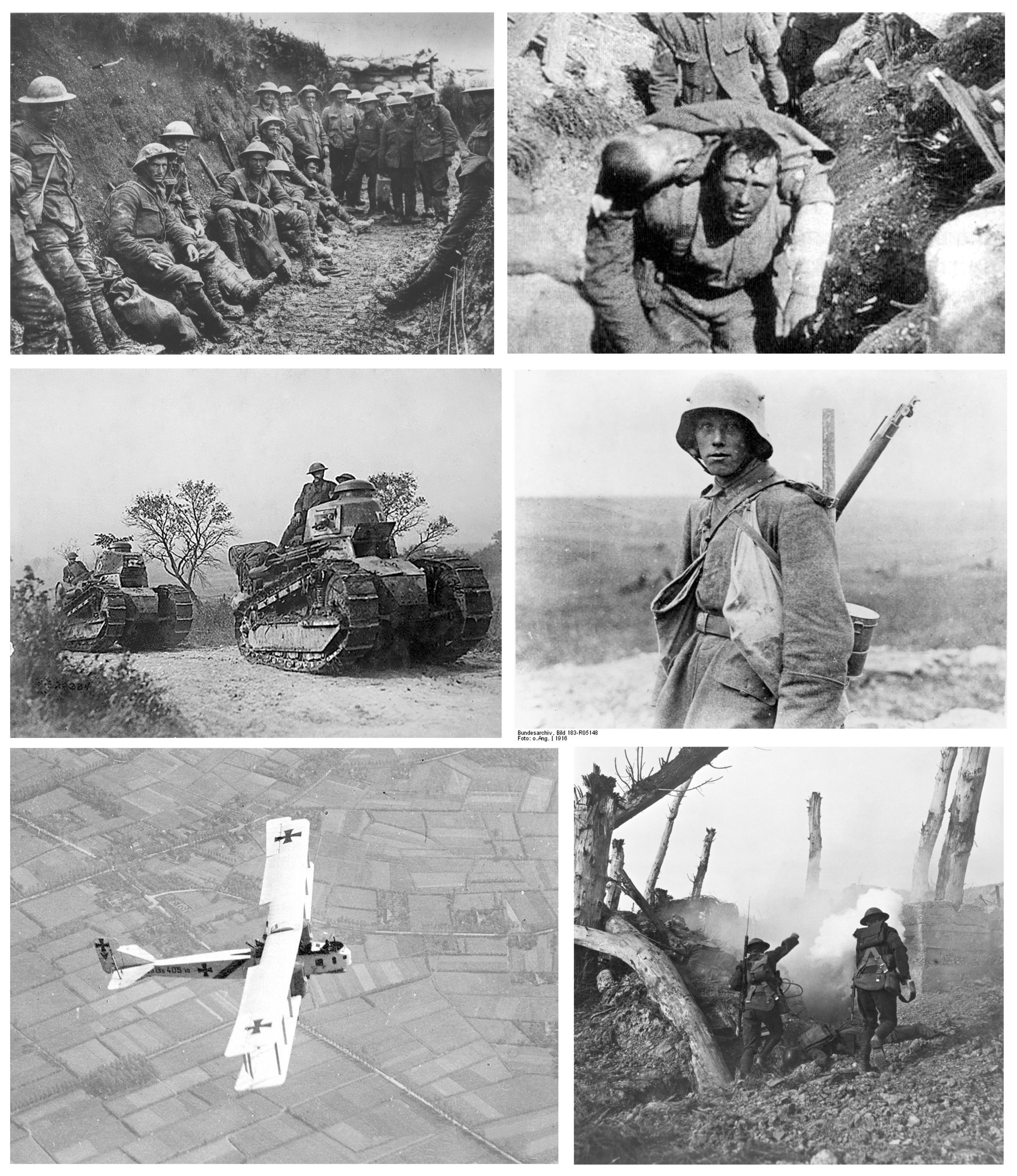velikaplaza.info – World War I, a global conflict that lasted from 1914 to 1918, was marked by unprecedented levels of carnage and destruction. Among its many theaters of war, the Western Front stands out as the most emblematic, characterized by a form of warfare that came to define the conflict: trench warfare. This article delves into the Western Front and explores the grim realities of trench warfare, which shaped the war’s outcome and left an indelible mark on military history.
The Western Front: A Line of Stalemate
The Western Front stretched from the English Channel to the Swiss border, encompassing parts of France and Belgium. It was here, in the early months of the war, that the German advance was halted by Allied forces, leading to a stalemate that would last for most of the conflict. Both sides dug in, creating a network of trenches that faced each other across a no man’s land that varied in width from several hundred yards to less than a hundred feet.
The Nature of Trench Warfare
Trench warfare was characterized by its static nature, with both sides entrenched in defensive positions. The trenches were not mere ditches but complex systems that included front-line trenches, support lines, and reserve lines, all connected by communication trenches. They were designed to protect soldiers from enemy fire, but they also became their prison, a place of constant danger and discomfort.
The conditions in the trenches were appalling. Soldiers lived in cramped, muddy conditions, exposed to the elements and the ever-present threat of artillery bombardment, sniper fire, and disease. Rats and lice were rampant, and the trenches often filled with water, making life even more miserable.
The Impact of Technology
World War I was the first major conflict to see the widespread use of machine guns, artillery, poison gas, and tanks. These technological advancements made trench warfare even more deadly. Artillery bombardments could last for days, turning the battlefield into a moonscape, while poison gas attacks brought a new level of horror to the war. The introduction of tanks in 1916 was an attempt to break the deadlock, but their initial impact was limited by mechanical unreliability and the difficulty of crossing the devastated terrain.
Key Battles and Their Consequences
The Western Front saw some of the war’s most brutal battles, including the Battle of the Somme, Passchendaele, and Verdun. These battles were marked by high casualties and little territorial gain, highlighting the futility of trench warfare. The human cost was staggering, with millions of soldiers killed or wounded.
The End of Trench Warfare
The deadlock on the Western Front was finally broken in the last year of the war, thanks in part to the improved use of tanks and the adoption of new tactics that emphasized mobility and coordination between infantry, artillery, and air support. The Allied offensives of 1918, particularly the Hundred Days Offensive, led to the collapse of the German army and the end of the war.
Legacy
The trench warfare of the Western Front left a lasting legacy. It demonstrated the horrors of industrialized warfare and the need for military innovation. The experiences of the soldiers in the trenches were immortalized in literature, art, and film, shaping the collective memory of World War I as a tragic and futile conflict.
In conclusion, the Western Front and the trench warfare that defined it were central to the experience of World War I. They symbolize the war’s brutality, the suffering of its soldiers, and the profound impact it had on the world. As we remember the centenary of the war’s end, it is important to reflect on the lessons of the Western Front and the sacrifices made by those who fought there.
